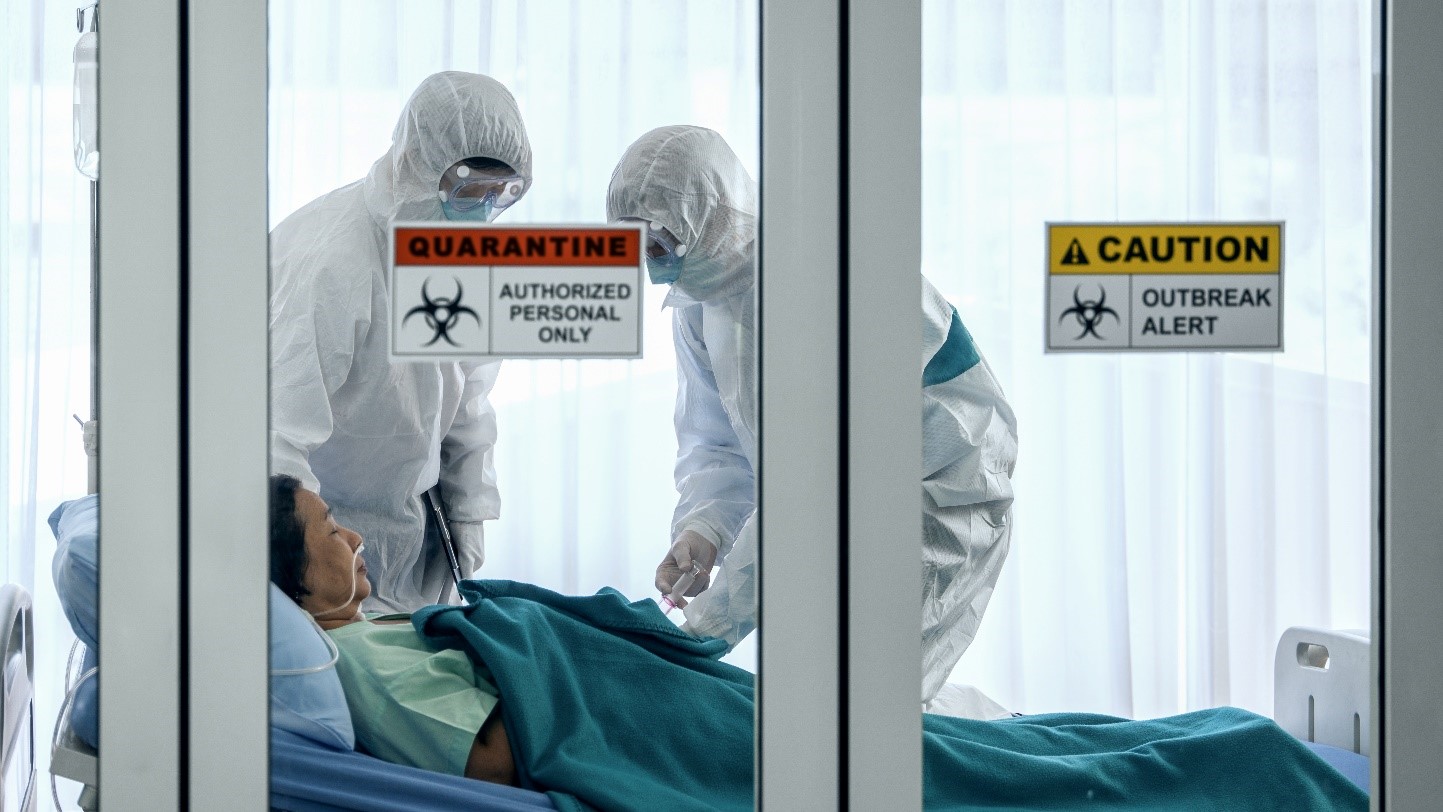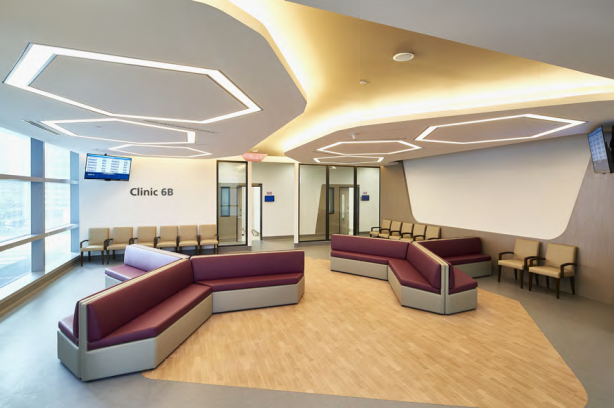Flexibility and Adaptability: The Best Response to Healthcare Design

By Stephanie Costelloe
Principal & Director of Healthcare, Asia
B+H Architects
“Pandemic mode” will no longer be an optional “luxury” to be considered during the design process, it will be a compulsory way of thinking about how the hospital can quickly convert, physically as well as operationally.”
Hospitals around the world have weathered pandemics, and the past decade has seen hospital designs transforming in the wake of SARS, MERS and H1N1. Our hospitals have never been better equipped to treat people. Is there anything more that we can do?
More Than a Numbers Game
The greatest challenge posed by COVID-19 was the sheer volume of patients that required treatment at the Intensive Care Unit (ICU). The number of ICU beds in a typical hospital is a relatively modest proportion, in comparison to the overall bed number. It is calculated based on the maximum patient load on most days of a typical year, but is severely insufficient to deal with the patient surge or average length of intensive care required in the face of this crisis.
Adding to the capacity challenges, even patients who do not require treatment in the ICU have to be cared for within an isolated environment with negative air pressure; meaning that the contaminated air in the room cannot pass to other spaces within the hospital. Such a specialized air ventilation system is only provided in a small portion of patient rooms – typically from five to 20 percent – rendering it impossible to safely accommodate all COVID-19 patients without increasing the risk of cross-contamination, most often to front-line workers who have suffered enormously during this time.
While the acuity of hospital capacity has been visible to all who have been reading or watching the news, an equally critical impact has been hidden behind the scenes. As hospitals responded to capacity challenges by converting every available space to patient care, staff areas have been reduced to an absolute minimum, exacerbated by the need to accommodate complicated procedures for gown-up/down to prevent cross-contamination.
Hence, is the answer to increase the number of ICU beds? Add more specialized air ventilation systems? Expand capacity for staff areas? While these all seem very desirable today, they lock us into an assumption that the next healthcare crisis will follow the same pattern. Confidence in the face of uncertainty is always a risky strategy.
Flexible Design is Not a Luxury
The harsh reality of pandemics and other notable events will be the front and centre of discussions on hospital design for the future, be it in the form of construction of new hospitals, renovation or conversion of existing buildings. “Pandemic mode” will no longer be an optional “luxury” to be considered during the design process, as it will be a compulsory way of thinking about how spaces can quickly be converted and adapted – both physically and operationally.
In terms of permanent physical infrastructure, designing for future flexibility and adaptation is the best response to both the anticipation of another pandemic and the exponential change we are seeing in the evolution of healthcare. Advances in medical equipment, technology, treatments and patient expectations make the future of healthcare spaces almost impossible to predict with any confidence. Planning and designing spaces with a high degree of adaptability and “updatability” will enable structures to flex and respond to future conditions (Refer to Figure 1).
There is a misconception that such flexibility must come at a high cost, or compromise the “base” design solution, but in practice it can be as simple as the considered placement of doors along corridor that allow for quick compartmentalization. Or providing rooms with a “soft” function that can re-purposed for staff gown-up/down at entryways to accommodate decontamination requirements.
But this crisis has also seen the industry deploying their skills beyond traditional bricks and mortar solutions. As architects and designers, we are fortunate to have the ability to visualize things that don’t yet exist while bringing an important practicality and clarity to complex issues. This has enabled many architects and designers around the world to quickly take action in the ongoing fight against COVID-19. Examples range from the conversion of shipping containers into fully-functioning ICU pods, patient self-screening booths which limit the exposure of healthcare staff while allowing for effective triage, and the overnight conversion of spaces ranging from airports and hotels to convention centres and sports stadiums into temporary hospitals for COVID-19 patients.

Figure 1: Waiting Area at National University Centre for Oral Health, Singapore (NUCOHS), are collapsible and can be converted into additional patient space as needed (photo credit: B+H Architects)
Designing Resilience Into the Urban Fabric
Our greatest opportunity lies in building resilience throughout our urban fabric, harnessing other assets in our built environment, at various scales, to create a sustainable rapid response model.
Every building we inhabit has an impact on our health and wellbeing. The pandemic has forced all of us to re-evaluate the purpose of all our buildings – from our homes and workplaces, to airports, hotels, restaurants and public recreation spaces – and the quality of human activity we expect them to support.
The question is not about how we will change our designs to suit the pandemic, but how the pandemic will ultimately force us to question the very roots of our design thinking, and lead us to greater introspection about why and how we will design in the future.
– end –
Connect with Us
Stephanie Costelloe
Email: Stephanie.Costelloe@bharchitects.com


